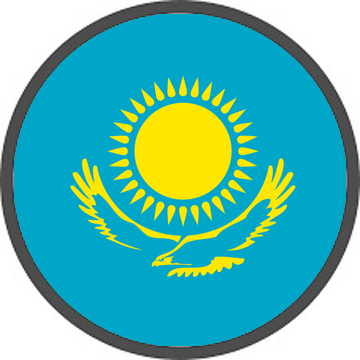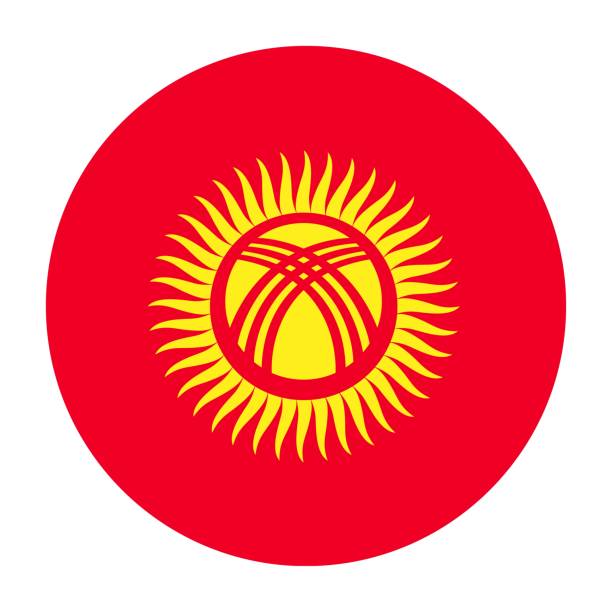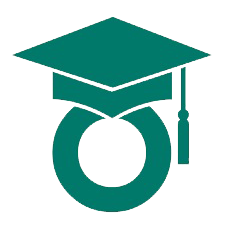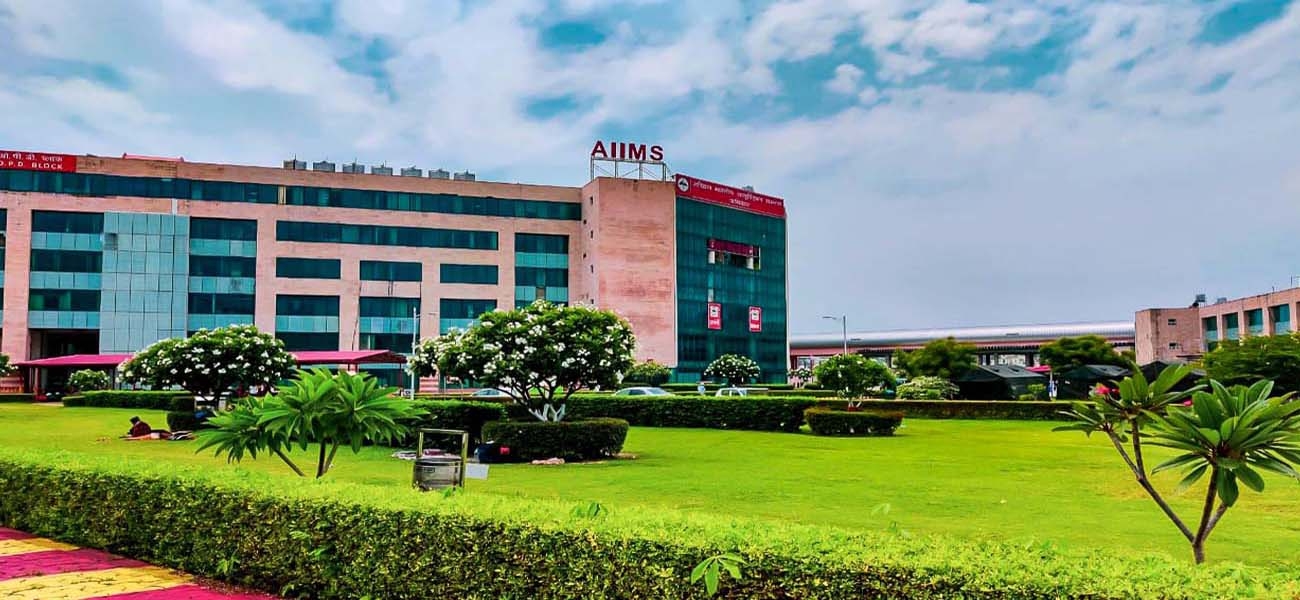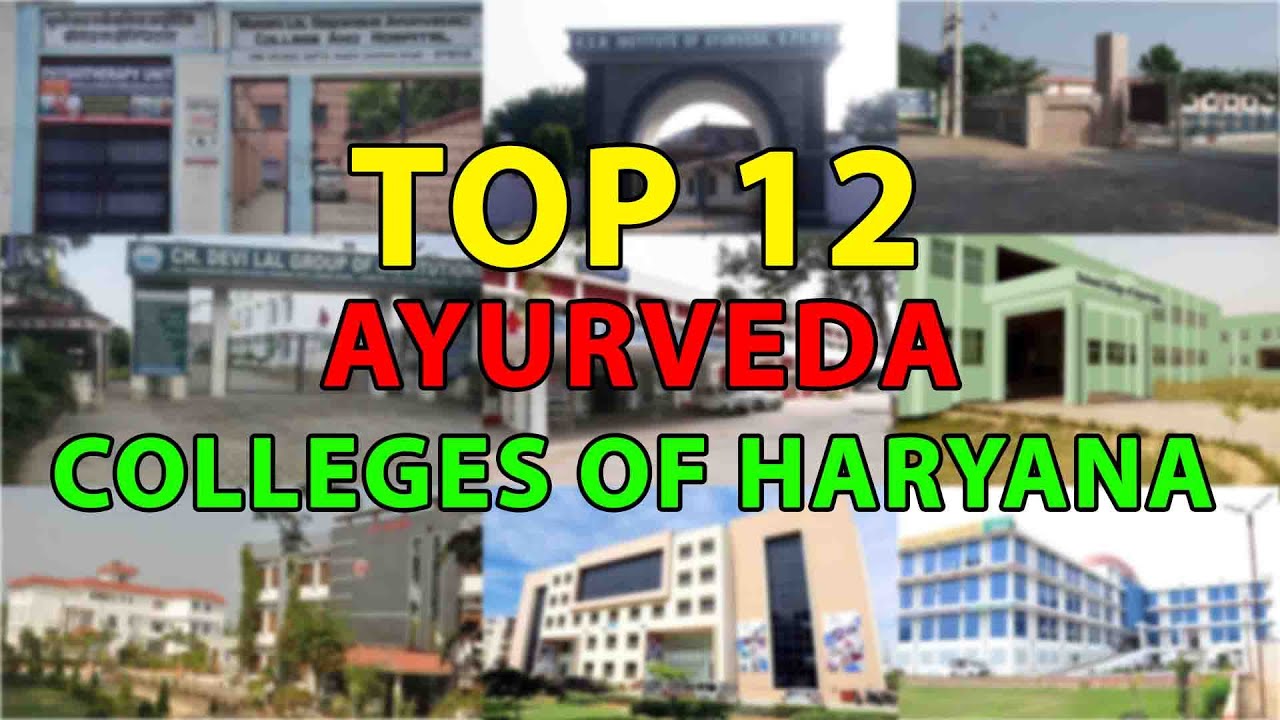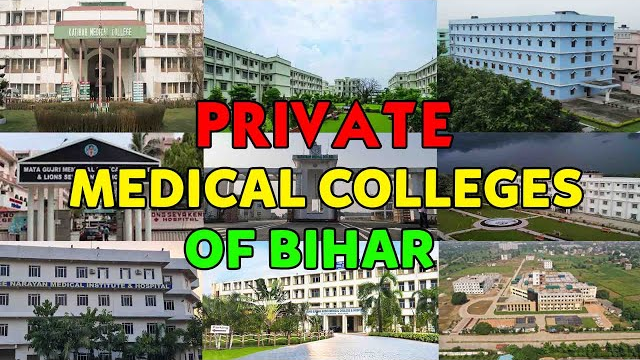Karnataka is renowned for its high quality medical education, and is often the first choice among students wanting to pursue a career in the medical field. With a total of 21 government colleges, 12 deemed universities, and 30 self-finance colleges, Karnataka offers a diverse range of options to prospective students.
Karnataka has introduced open merit seats in 25 self-finance private colleges in Karnataka at very reasonable fees. This is one of the main reasons why Karnataka is so popular. It is because the private medical colleges in the state were established about 30-40 years ago and have since matured, offering students high quality education.
Karnataka not only provides students with the opportunity to pursue their dreams of becoming a doctor, but it also offers them domicile for PG admissions. This means that if students have done their UG in Karnataka, then it is much easier for them to get PG seats in Karnataka. In addition, Karnataka also offers merit seats at a very low and reasonable price.
Moreover, Karnataka’s culture is very open and accepting, which makes it easy for students from other parts of the country to settle in easily. This, combined with the quality of medical education, the relatively low fees, and the domicile benefits, makes Karnataka an ideal destination for those seeking to pursue a medical career
However, there are four private universities in Karnataka which require students to pay fees ranging from 15,00,000 to 20,00,000. These universities are Dayanand Sagar, Khaja Bandanawaz University and SDM Dharwad.
In Karnataka, there are 12 deemed universities which provide great opportunities for those with marks between 300-500. These universities include Kasturba Medical College’s Manipal and Campus, S. Hegde of JSS Mysore, Yenepoya Bangalore, Raja Rajeshwari, inside Bangalore city and Sri Siddhartha, which is located in Tumkur.
For those with marks ranging from 400-500, the four private universities can be a great option, albeit at a higher fee. On the other hand, the 25 self-finance colleges offer great opportunities at more reasonable fees, making them an attractive option for many students. The ranking of these colleges has been done on the basis of cut-off and fees, making it easier to compare them and decide on a suitable option.
1- St John’s Medical College, Bangalore. Cut off 616. Fee 6,73,930.
2- Vaidehi Institute of Medical Science & Research Bangalore. Cut Off 591. fee 9,94,406.
3- Kempegowda Institute of Medical Sciences Bangalore. Cut Off 591. Fee 9,94,406.
4- B G S Global Institute of Medical Science, Bangalore Cut Off 585. Freeze 9,94,406.
5- Dr. B R Ambedkar Medical College, Bangalore. Cut Off 585. Fee 9,94,406.
6- MVJ Medical College & Research, Bangalore. Cut Off 580. Fee 9,94,406.
7- Mahadevpura Rampur Medical College Gul Barga. Cut Off 579. Fee 9,94,406.
8- Aakash Institute of Medical Science & Research, Bangalore. Cut Off 578. Fee 9,94,406.
9-Father Mullers Medical College, Mangalore. Cut off 576. Fee 9,94,406.
10- Saptagiri Institute of Medical Science & Research, Bangalore. Cut off 573. Fee 9,94,406
11- Srinivas Institute of Medical Research, Mangalore. Cut off 571 Fees 9,94,406
12- AJ Institute of Medical Science & Research, Mangalore. Cut off 569. Fee 9,94,406
13- JJM Medical College, Davangere. Cut Off 567. Fee 9,94,406
14- The oxford Medical College, Bangalore.Cut off 564. Fee 9,94,406
15- East point college of medical sciences and research centre, Bangalore. Cut off 556. Fee 9,94,406
16- Al Ameen Medical College, Bijapur. Cut Off 552. Fee 9,94,406.
17- Basaveswara Medical College & Hospital, Chitradurga. Cut Off 552. Fee 9,94,406
18- Subaiah Institute of Medical Science, Shivamogga. Cut off 545. Fee 9,94,406
19- S S Institute of Medical Science and Research, Davangere. Cut off 545. Fee 9,94,406
20- Navodaya Medical College, Raichur. Cut Off 545. Fee 9,94,406
21- Kana Chur Institute of Medical Sciences, Mangalore. Cut Off 543. Fee 9,94,406.
22- Sridevi Institute of Medical Science & Research, Tumkur. Cut Off 538. Fee 9,94,406
23 -S Nijalingappa Medical College & Hospital, Bagalkot. Cut Off 537. Fee 9,94,406.
24- K V G Medical College, Bangalore. Cut Off 536. Fees.9,94,406.
25- G R Medical College, Mangalore. Cut off 533. Fees 9,94,406.
To conclude, Karnataka is an ideal destination for those looking to pursue a career in the medical field. The state provides an array of options for prospective students. In addition, Karnataka’s open culture and domicile benefits make it even more attractive, making it a great choice for those seeking to create a successful career in the medical field.




